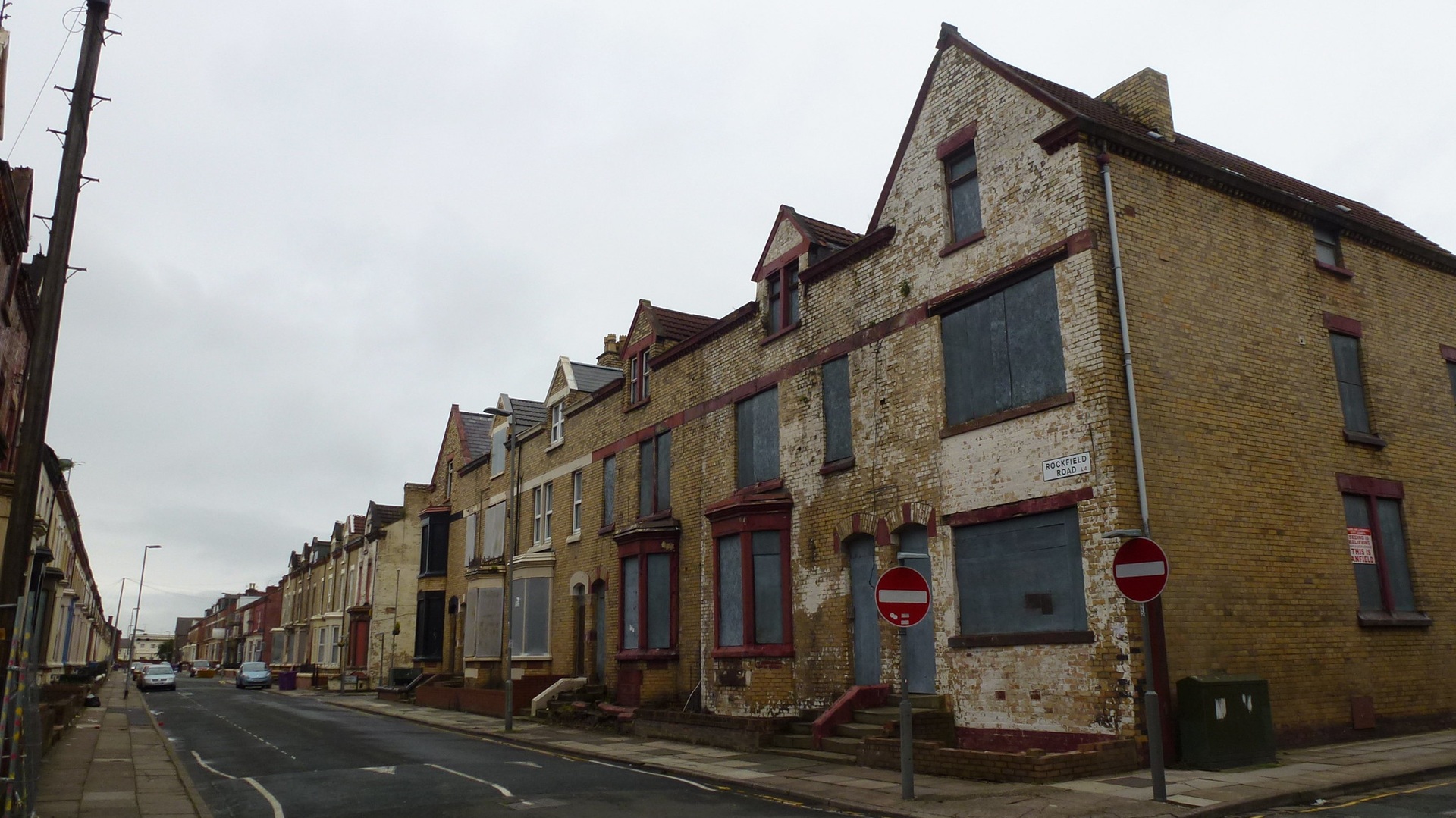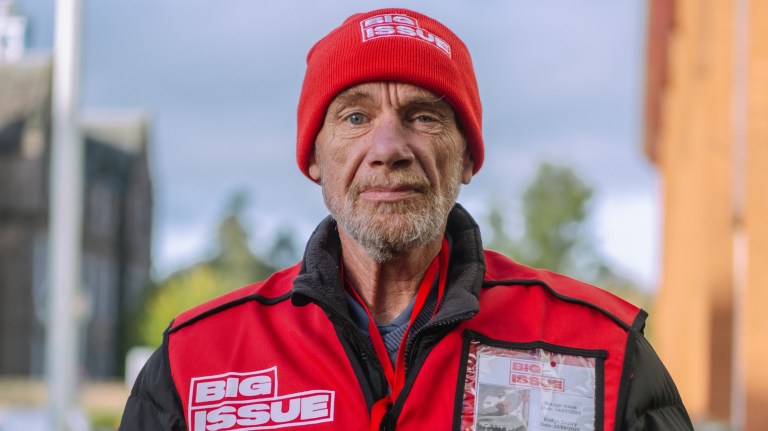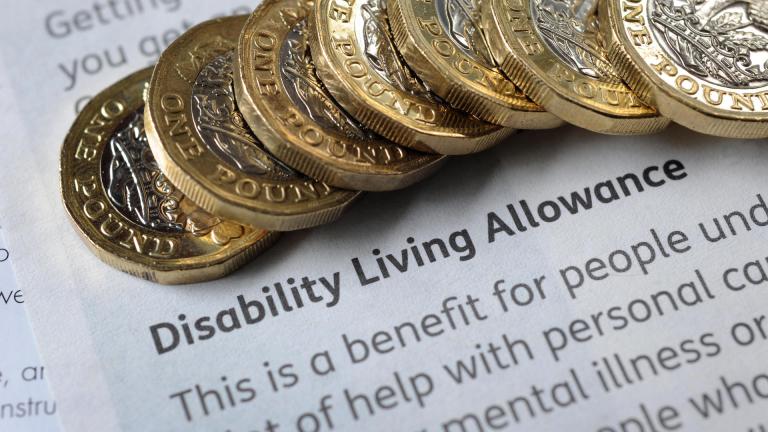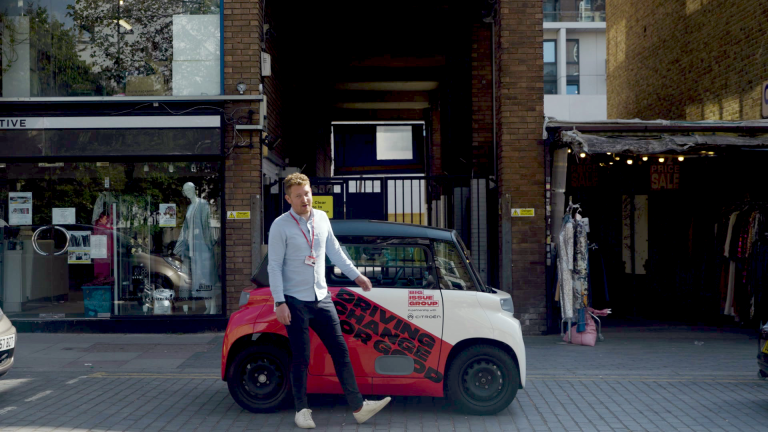How World Vacant Homes Day was born
Tom Gilligan and colleagues in Ireland have long championed practical action on empty homes. Recognising that vacancy is not unique to one country but shared across borders, they proposed the creation of a dedicated day to bring the issue onto the international stage.
EHN, a UK-based non-profit supporting councils and housing professionals, has joined forces with Mayo County Council and partners to launch World Vacant Homes Day in 2025. The aim is to build a coalition of local authorities, housing bodies, NGOs, community groups and individuals who see the value in tackling vacancy.
By learning from each other’s approaches, from Japan’s “akiya banks” to community-led housing schemes in the UK, the day hopes to encourage cross-border solutions and practical action.
Read more:
Why 8 October?
The chosen date is not arbitrary. World Vacant Homes Day sits within Urban October, UN-Habitat’s global month-long campaign on housing inclusion and sustainable development. It also aligns closely with World Habitat Day (the first Monday in October). By positioning itself here, the campaign ensures that the conversation about vacant homes takes place at a time when the world is already focused on housing rights and urban renewal.
Crucially, the 8 October does not compete with other major international observances. Instead, it carves out its own space to ensure that vacant homes, too often absent from policy debates, cannot be ignored.
Advertising helps fund Big Issue’s mission to end poverty
What we hope to achieve
World Vacant Homes Day is not just about raising awareness. It is about sparking action. The campaign’s goals are threefold:
1. Awareness: making the scale of vacancy visible and understandable to the public and decision-makers alike.
2. Encouragement: showing that solutions exist, from policy tools and incentives to grassroots community initiatives.
3. Exposure: highlighting success stories internationally to inspire replication and innovation elsewhere.
Supporters will be encouraged to take part by sharing messages and case studies on social media, hosting events, and engaging politicians and communities in conversations about the role vacant homes can play in tackling housing crises.
A global challenge, a shared solution
Vacancy is often seen as a local or national issue. But the reality is that it is a global challenge, and therefore a global opportunity. By coming together under the banner of World Vacant Homes Day, we can amplify voices, share best practice, and apply collective pressure for change.
Advertising helps fund Big Issue’s mission to end poverty
At its heart, this is not only about bricks and mortar. It is about people: families struggling to find somewhere to live, neighbourhoods suffering from blight and decline, and the environmental cost of unnecessary new construction when existing homes lie idle.
On 8 October 2025, the world will take its first step towards recognising and acting on this hidden crisis. The hope is that in years to come, World Vacant Homes Day will be more than an observance, it will be a catalyst for real change, helping unlock empty homes for the people and communities who need them most.
For more information on World Vacant Homes Day, head to Empty Homes Network’s website.Adam Cliff is policy lead at Empty Homes Network and Tom Gilligan is director of services at Mayo County Council
Do you have a story to tell or opinions to share about this? Get in touch and tell us more.
Reader-funded since 1991 – Big Issue brings you trustworthy journalism that drives real change.
Every day, our journalists dig deeper, speaking up for those society overlooks.
Advertising helps fund Big Issue’s mission to end poverty
Could you help us keep doing this vital work? Support our journalism from £5 a month.









